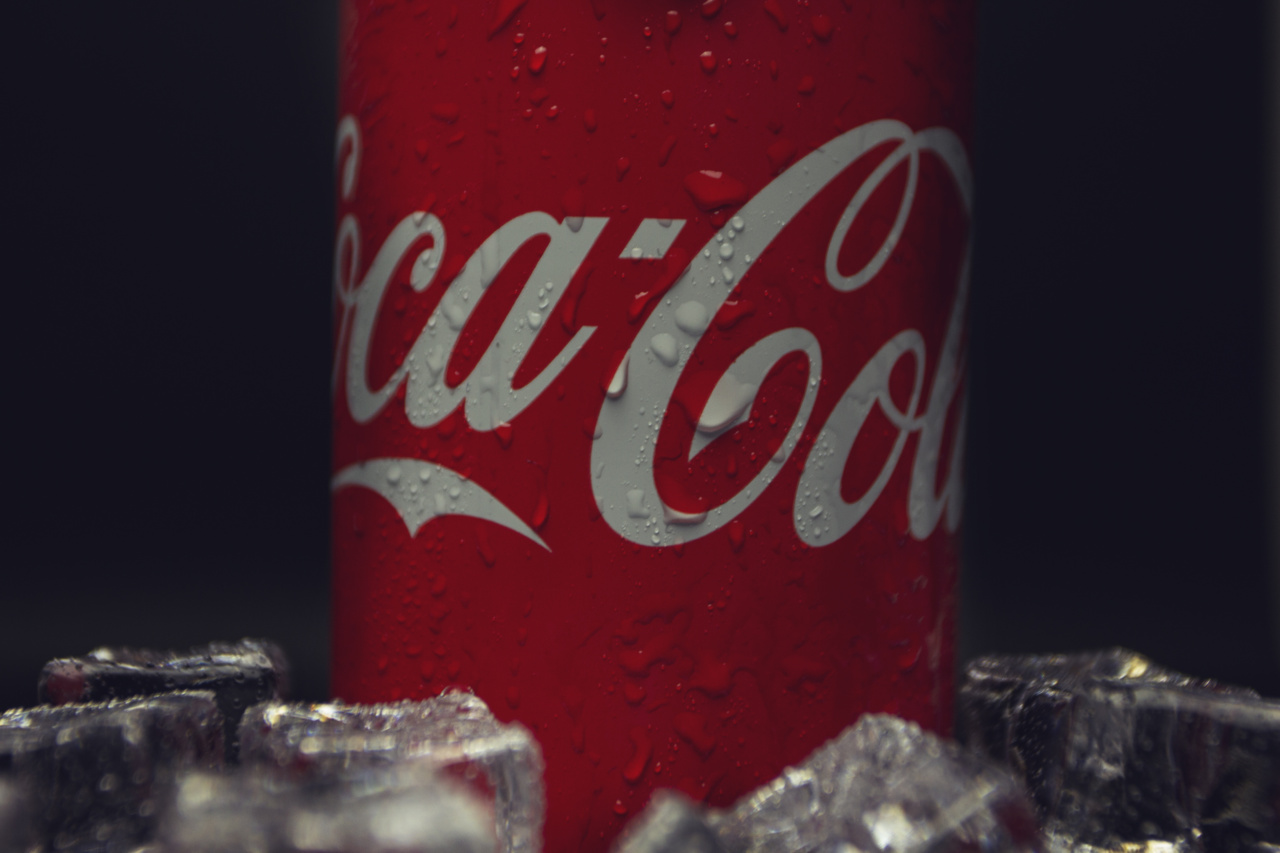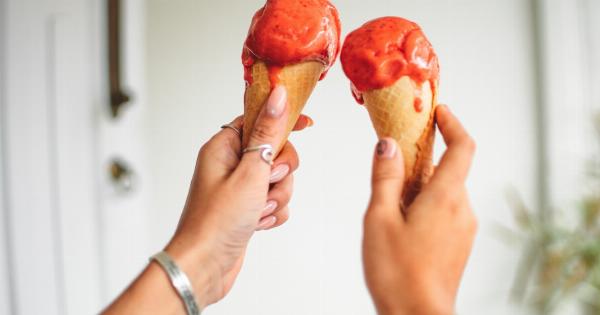Gymnastics and ice cream may seem like an odd pairing at first glance.
After all, one is a sport that requires intense physical strength, flexibility, and precision, while the other is a sweet treat that is often associated with indulgence and relaxation. However, both gymnastics and ice cream have their own unique qualities that can complement each other in surprising ways.
The Physical Demands of Gymnastics
Gymnastics is an incredibly demanding sport that requires athletes to possess exceptional physical abilities. From strength and power to grace and coordination, gymnasts must train rigorously to achieve and maintain peak performance.
The sport involves a variety of disciplines, such as artistic gymnastics, rhythmic gymnastics, trampoline, and acrobatic gymnastics, each with its own set of physical challenges.
Artistic gymnastics, for example, combines strength, flexibility, and agility to perform breathtaking routines on floor exercise, balance beam, uneven bars, and vault.
Rhythmic gymnastics showcases elements of dance, ballet, and acrobatics, with competitors using various apparatus like hoops, balls, clubs, ropes, and ribbons. Trampoline and acrobatic gymnastics focus on aerial skills, flips, and twists, displaying incredible athleticism and precision.
The Role of Nutrition in Gymnastics
As with any sport, nutrition plays a crucial role in the performance and overall well-being of gymnasts.
A balanced diet that includes the right mix of macronutrients (carbohydrates, proteins, and fats) as well as essential vitamins and minerals is essential for optimal performance, injury prevention, and recovery.
Gymnasts require energy-dense foods to meet the high energy demands of training and competing. Carbohydrates, such as whole grains, fruits, and vegetables, provide the primary fuel source for intense workouts.
Proteins from lean sources like chicken, fish, legumes, and dairy products are crucial for muscle repair and growth. Healthy fats from sources like nuts, avocados, and olive oil help with hormone production and absorption of fat-soluble vitamins.
While nutrition is a serious aspect of gymnastics, it’s also important to find balance and enjoy the occasional treat. This is where ice cream comes into the picture.
The Pleasures of Ice Cream
Ice cream, with its creamy texture and variety of flavors, has long been a beloved dessert enjoyed by people of all ages. It’s a treat that brings joy and indulgence, and it can also serve as a reward for hard work and achievements.
Gymnastics, being a physically demanding sport, can create a strong appetite and desire for something sweet and satisfying. Ice cream provides a delightful way to satisfy those cravings.
Beyond its delicious taste, ice cream can also have a positive impact on mental well-being. The consumption of ice cream has been known to trigger the release of endorphins, the body’s natural “feel-good” chemicals.
After a particularly grueling training session, gymnasts can find solace in a bowl of ice cream, relishing in the moment of indulgence and relaxation.
Finding Balance and Moderation
While ice cream can be a delightful treat for gymnasts, it’s important to emphasize the concept of balance and moderation.
The key is to enjoy ice cream in moderation, alongside a healthy and balanced diet that supports the physical demands of gymnastics training.
One approach to incorporating ice cream into a gymnast’s diet is by practicing “sensible indulgence.” This means enjoying ice cream as an occasional treat, keeping portion sizes in check, and being mindful of its nutritional content.
Opting for lower-calorie or reduced-sugar options, or even making homemade ice cream with healthier ingredients, can also be a good strategy.
Gymnasts can also use ice cream as a reward system to motivate themselves during training. Setting specific goals and rewarding achievements with a small portion of ice cream can help maintain focus and drive.
This approach encourages discipline, as well as a healthy relationship with food.
Ice Cream for Recovery and Refueling
Ice cream can also play a role in post-workout recovery and refueling. After an intense gymnastics session, the body requires replenishment of glycogen stores, muscle repair, and rehydration.
Ice cream can provide a convenient source of carbohydrates, protein, and fluids that aid in these processes.
An ideal post-workout ice cream could be a combination of high-quality protein, such as Greek yogurt, mixed with fruits for additional vitamins and antioxidants.
This not only satisfies the craving for something sweet but also helps kick-start the recovery process, preparing the body for the next training session.
Staying Mindful of Individual Needs
While the idea of gymnastics and ice cream coexisting may seem delightful, it is important to understand that every gymnast has unique nutritional needs and considerations.
Factors such as age, gender, training intensity, and specific goals can all influence the dietary requirements of a gymnast.
Consulting with a sports nutritionist or registered dietitian who specializes in working with gymnasts can provide invaluable guidance.
These professionals can help develop personalized meal plans that optimize performance, promote recovery, and include allowances for the occasional ice cream treat.
Conclusion
In summary, gymnastics and ice cream can indeed coexist. While gymnastics demands physical excellence and adherence to a nutritious diet, ice cream can offer moments of enjoyment and relaxation.
By finding a balance, practicing moderation, and staying mindful of individual needs, gymnasts can incorporate ice cream into their regimen without compromising performance or overall health.































